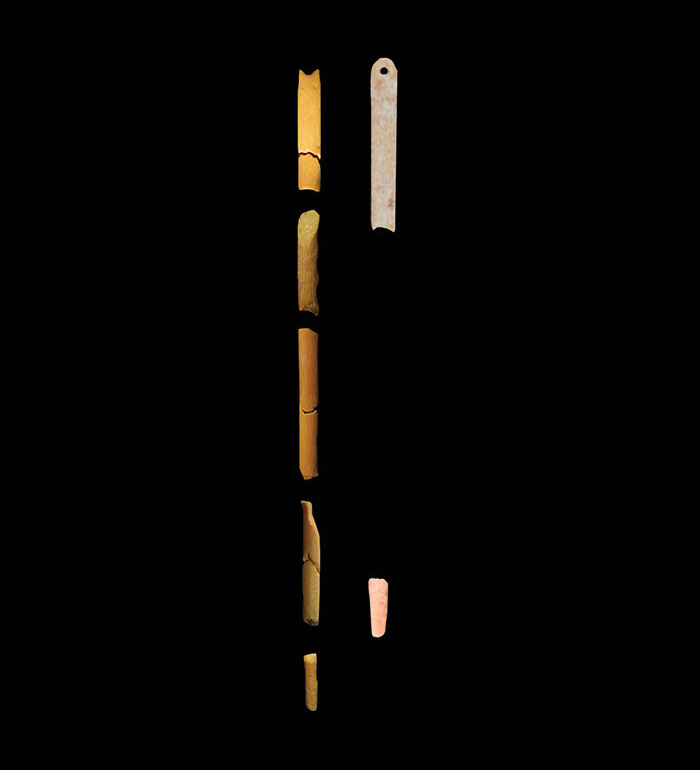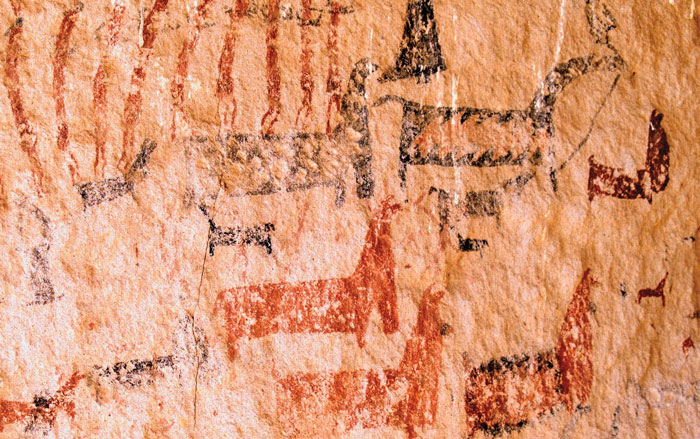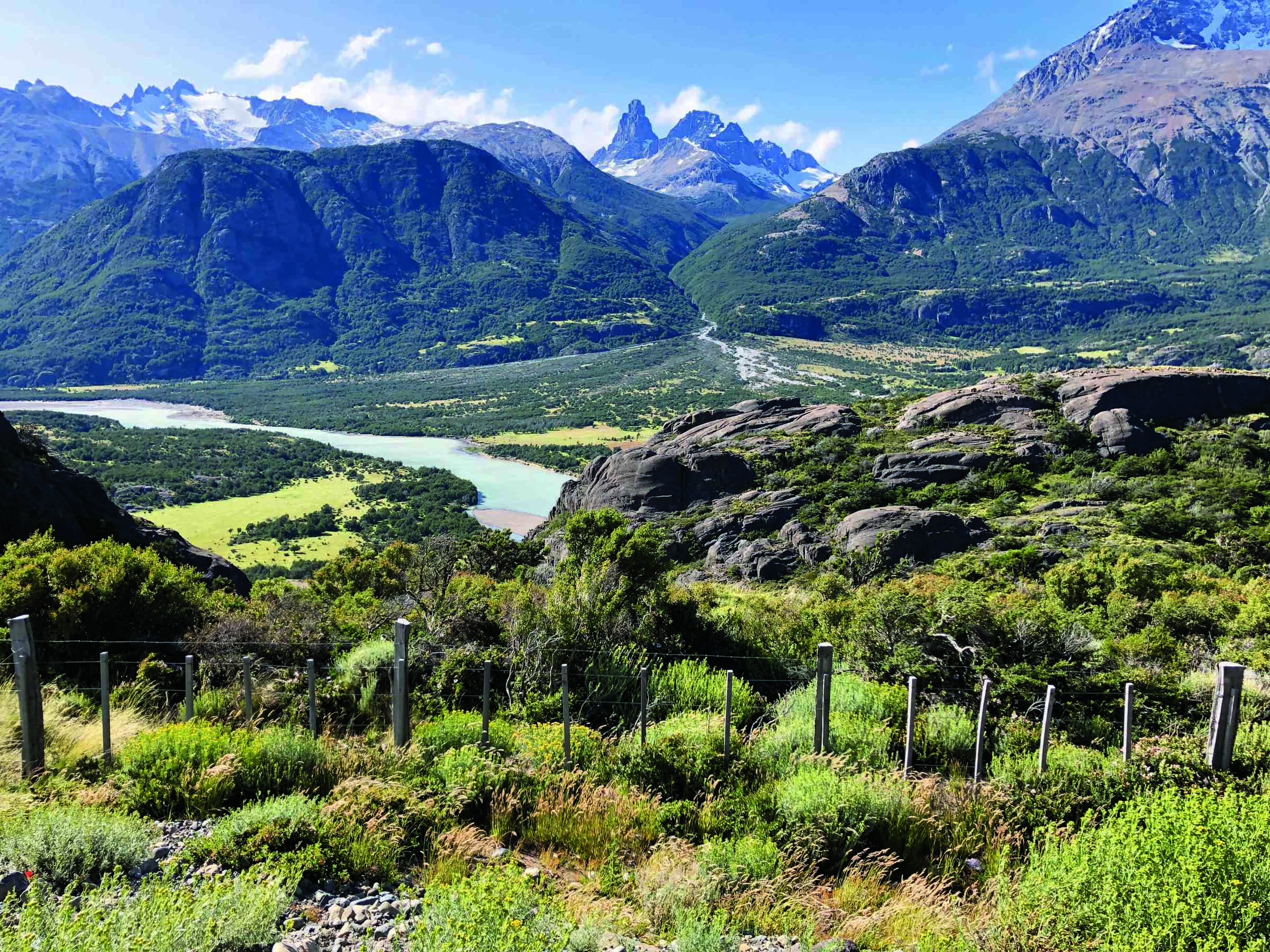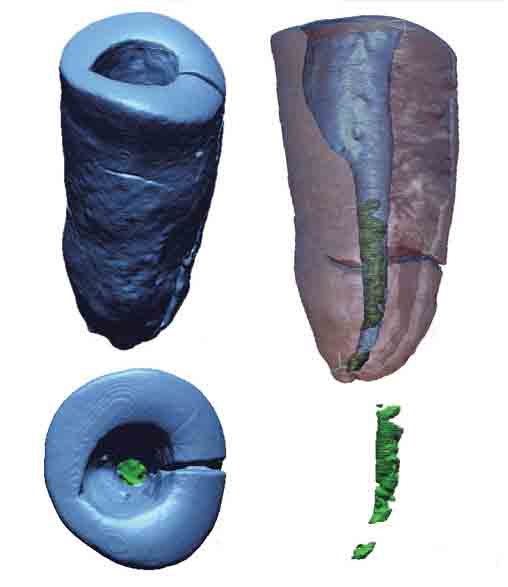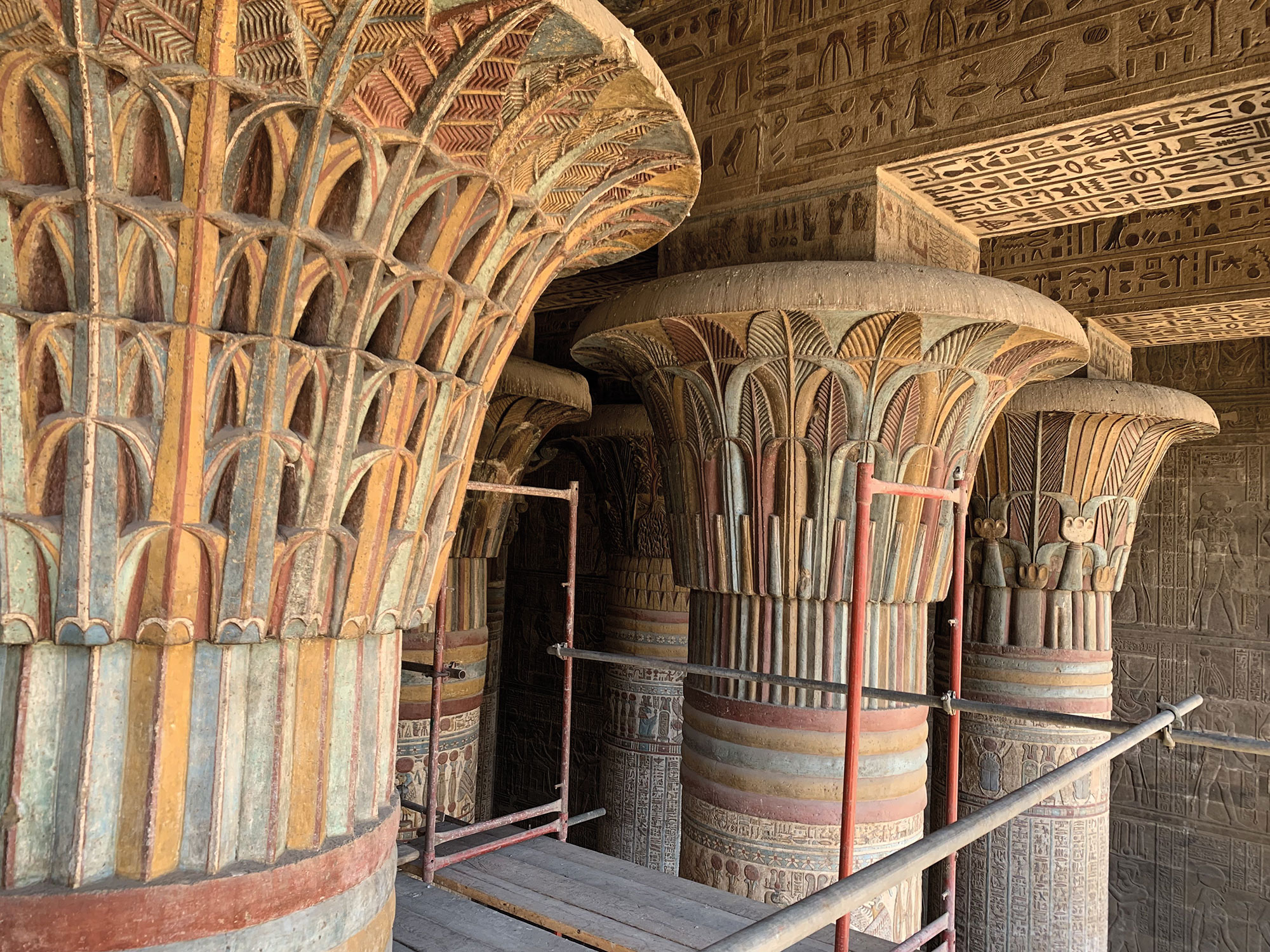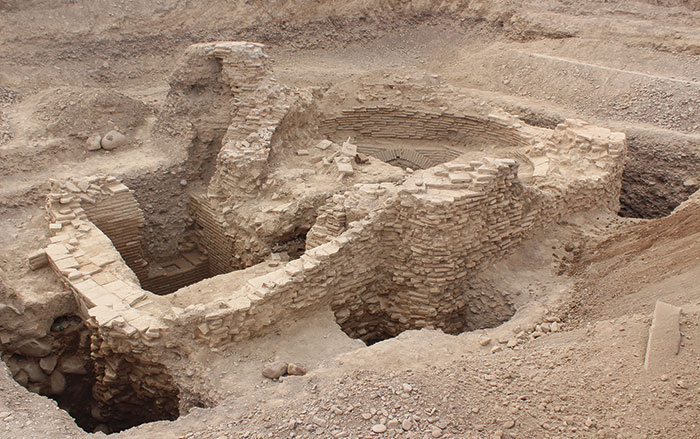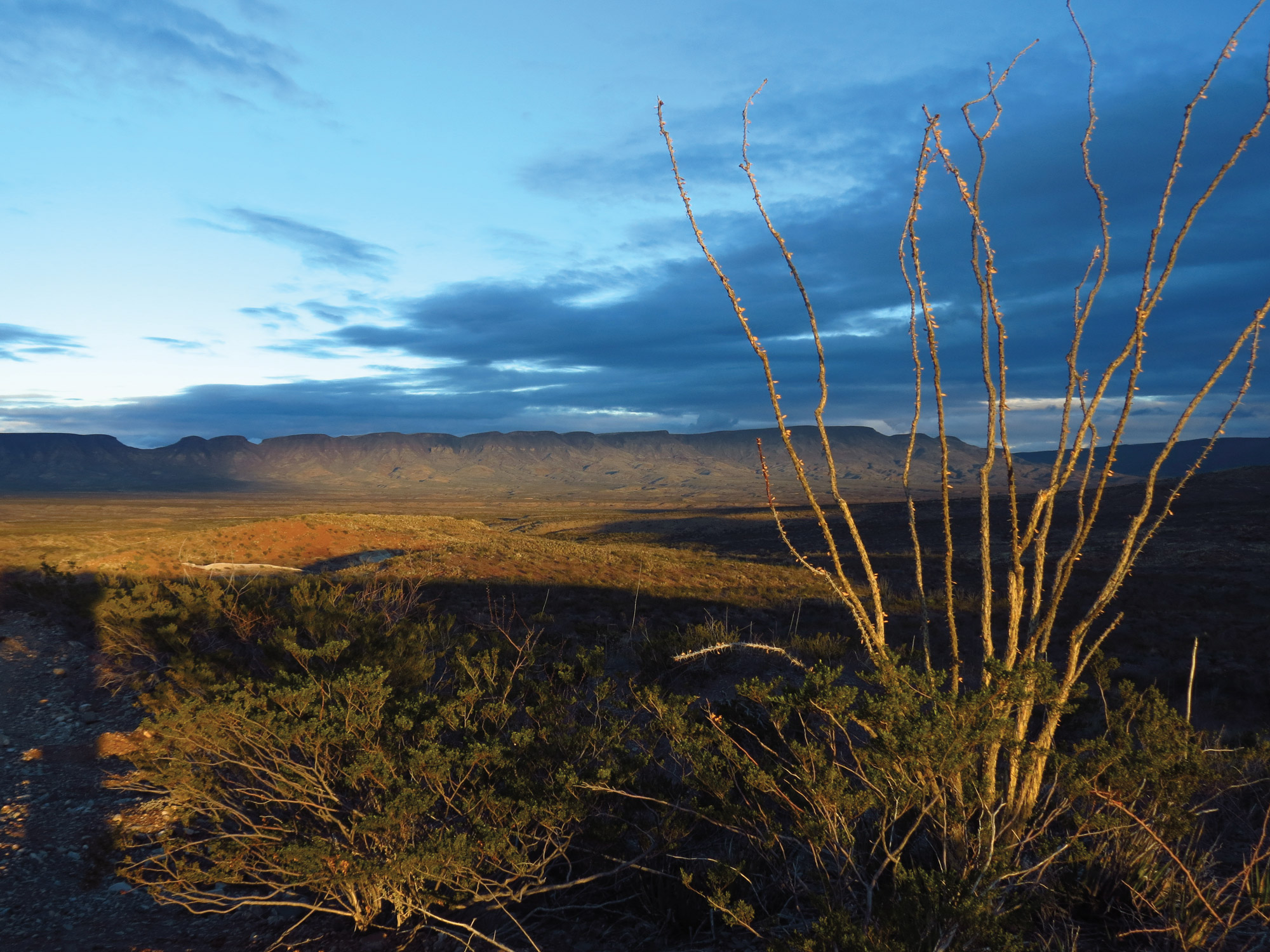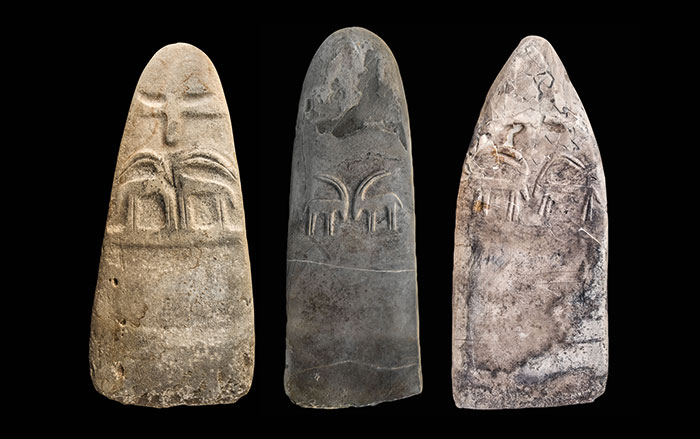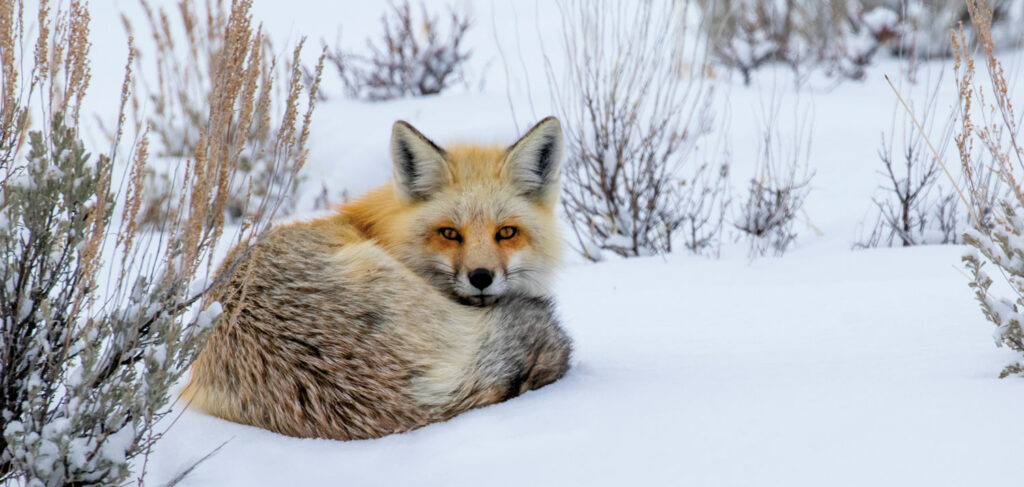
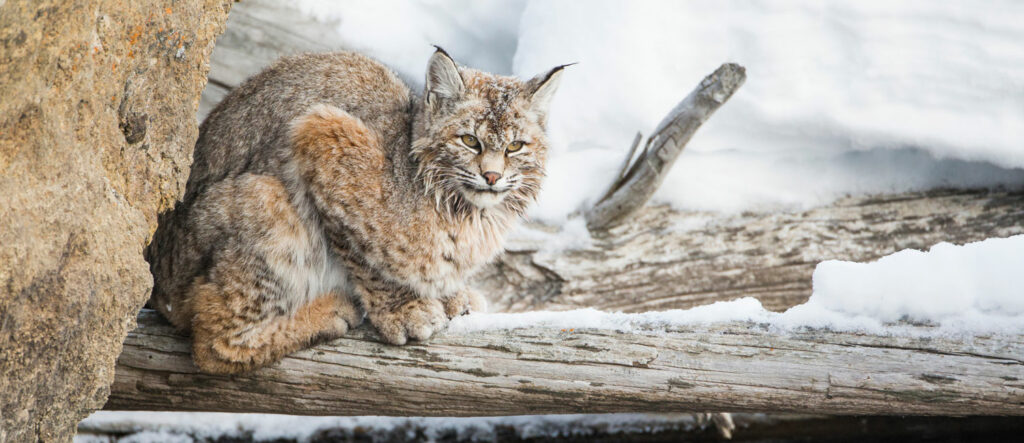
What kind of clothing helped hunter-gatherers in North America stay warm during the Ice Age? New research at the La Prele mammoth kill site in eastern Wyoming is offering clues about the furry fashion choices people made to weather the glacial winds of the High Plains 13,000 years ago. While excavating the mammoth, which is located alongside a small encampment, Wyoming State Archaeologist Spencer Pelton and a team from the University of Wyoming uncovered 32 small bone needles that people likely used to sew clothing suitable for cold weather. Employing mass spectrometry to analyze proteins in the bone, the team identified for the first time some of the animals that Paleoindians used to craft their needles. These included hares, foxes, bobcats, and, possibly, extinct American cheetahs or lions. “The needles are among the clearest examples we have for how early Paleoindians produced cold-weather garments,” says Pelton. “Surviving the final years of the last Ice Age required garments with fur fringes and tightly spaced seams. Here we have evidence of animal furs and sewing in a single type of artifact.”




